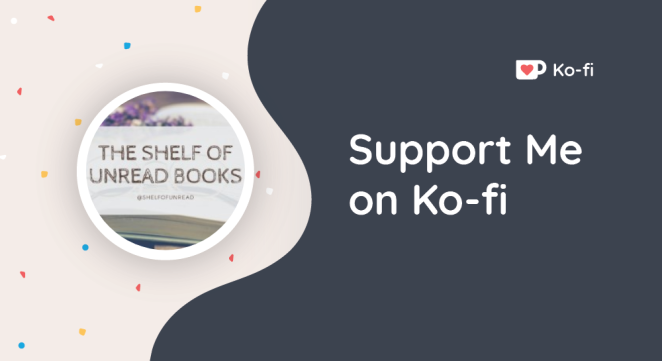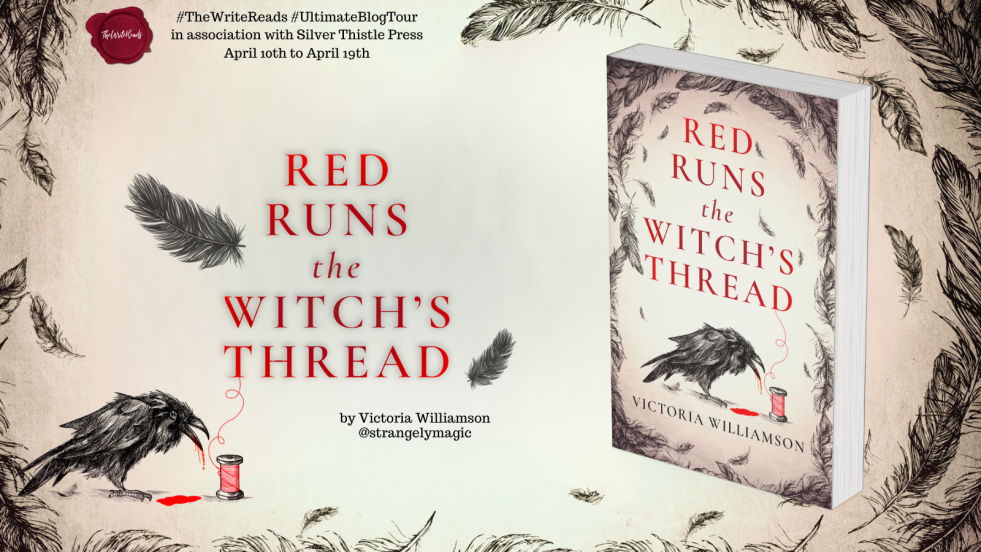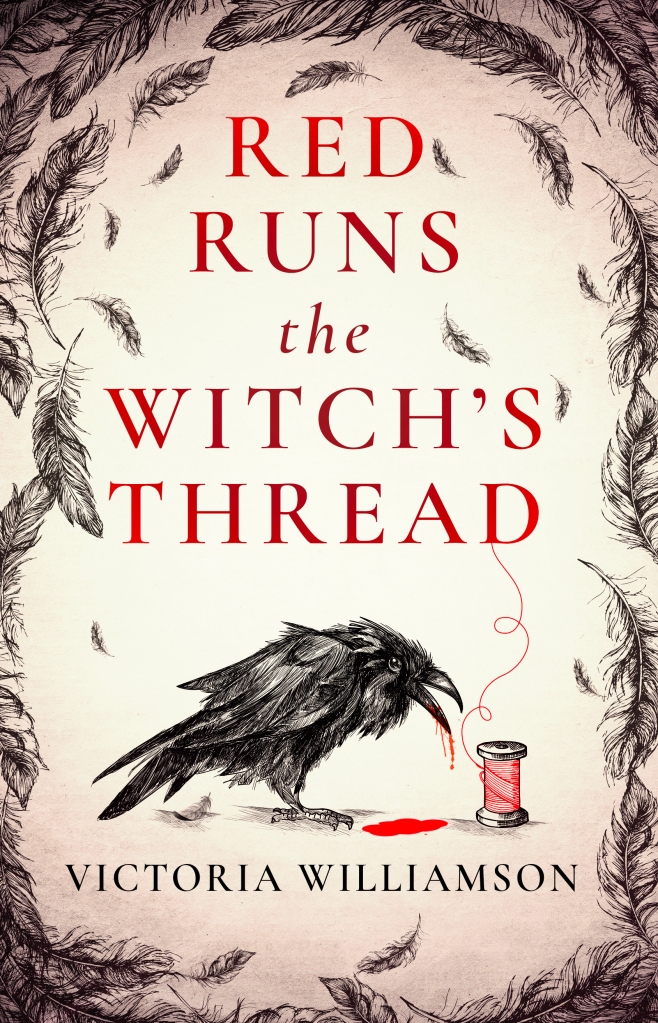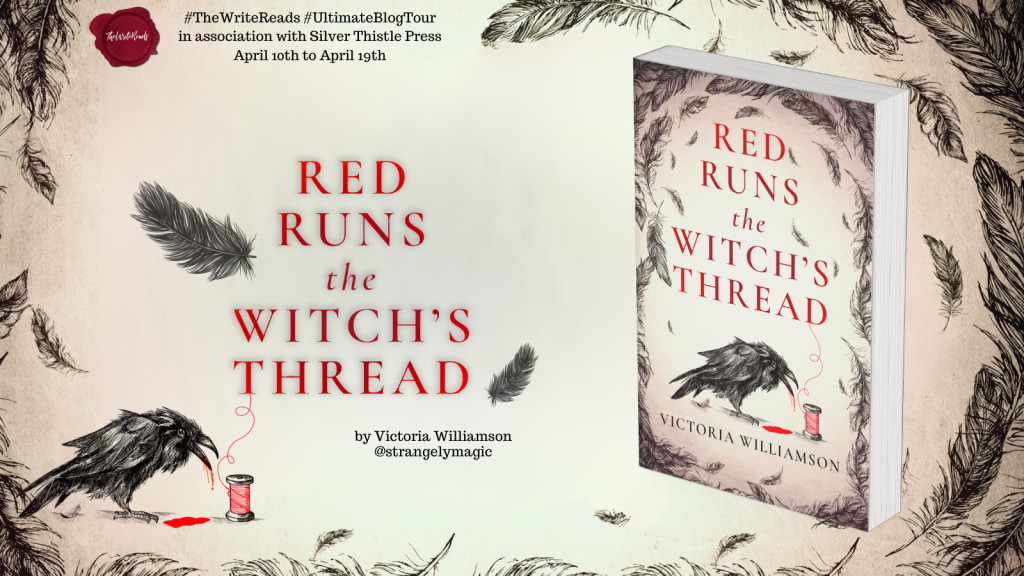
March 2020. Annie is alone in her house as the world shuts down, only the ghosts of her memories for company. But then she receives a phone call which plunges her deeper into the past.
1959. Annie and Rita are student nurses at Fairlie Hall mental hospital. Working long, gruelling hours, they soon learn that the only way to appease their terrifying matron is to follow the rules unthinkingly. But what is happening in the hospital’s hidden side wards? And at what point does following the rules turn into complicity – and betrayal?
1983. Annie is reeling from the loss of her husband and struggling to face raising her daughter alone. Following a chance encounter, she offers a sick young man a bed for the night, a good deed that soon leads to another. Before long, she finds herself entering a new life of service – her home a haven for those who are cruelly shunned. But can we ever really atone?
Jessica Moor’s debut novel, Keeper, was one of those books that lingered in the memory long after I’d turned the final page. Looking back over my review (linked above), I stand by my assertion that, although not for the faint-hearted, it was an insightful debut that was unflinching in its examination of the lived realities of domestic violence and the societal conditions that, all too often, allow it to flourish.
Moor’s third novel, Hold Back the Night, covers very different ground but is no less considered. When we first meet Annie in 1959 she is a student nurse who, as a result of her hatred of blood, has opted for a residency at Fairlie Hall mental hospital. Taught to obey without question, what Annie does once she realises exactly what ‘conditions’ are being treated at Fairlie Hall – and how they are being treated – will haunt her and her fellow student nurse Rita for the rest of their lives.
The novel’s second strand picks up in 1983 when Annie, newly widowed and mother to a teenage daughter, takes in Robbie as a lodger. Robbie, it soon becomes apparent, has ‘it’: the illness the papers keep mentioning and that seems to frighten so many people. Before long, Annie’s house has become something of a haven for young men with AIDS – and the young men themselves have become something of a haven for Annie. But in a society rife with both stigma and misinformation, it isn’t long before Annie is forced to reconnect with the memories of those long-forgotten days at Fairlie Hall.
Finally, at the height of the Covid pandemic in 2020, an elderly Annie receives a call to say that Rita has passed away. The news prompts Annie to look back over her life: the choices she’s made, the regrets she’s had, and the people who have carried her through all of it.
Hold Back the Night is a more meditative read than Keeper but also a much tauter novel. Moor’s prose isn’t sparse but it’s what I’d call spare. Each sentence feels carefully crafted. Whilst there’s always enough description to give you a sense of what’s going on, detail is never extraneous and Moor is unafraid of letting her prose rest upon moments of detail. A pile of shirts, a request for a pen, the feel of a child in the arms: these things gain weight and significance that linger and carry through Annie’s life.
Annie herself is an interesting character but not always wholly likeable. When we first meet her Annie is filled with good intentions but somewhat distanced from the realities of nursing. She wants to help people but without having to deal with any of the mess – either emotional or clinical – that comes with caring for real human beings. As she ages, Annie becomes more aware that care and love go hand-in-hand and, although her edges never entirely soften, she begins to realise that some of the choices she made were, although deemed ‘correct’ by the authorities at the time, not always wise or compassionate ones.
I had the pleasure of listening to the audiobook version of the novel and the narrator, Elizabeth Bower, does a wonderful job of conveying Annie at the three different stages on her life. She also really brings the other characters – however fleeting their appearances – to life on the page.
Given the sometimes harrowing subject matter, calling Hold Back the Night a beautiful novel feels somewhat inaccurate. Readers should be aware going in that the novel portrays the realities of mental health treatment in the 1950s, including the use of electroshock and conversion therapies. It also vividly depicts the homophobia of both the 50s and the 80s as well as the stigma, hysteria, and misinformation surrounding AIDS and, later, Covid.
But despite this it is, I think, a beautiful novel about finding connection amidst even the most challenging of circumstances. Of finding joy within darkness. And of finding forgiveness within yourself for the choices you have made and regretted. Unflinching but moving, Hold Back the Night is a novel to savour and one that is guaranteed to linger long after you turn the final page.
Hold Back the Night by Jessica Moor is published by Manilla Press and is available now from all good bookseller and online retailers including Hive, Waterstones, Bookshop.org, and Wordery.
If you can, please support a local indie bookshop by ordering from them either in person or online! Some of my favourites include Booka Bookshop, Sam Read Booksellers, Book-ish, Scarthin Books, Fox Lane Books, and Berts Books.
My thanks go to the publisher for providing a copy of the book in return for an honest and unbiased review and Tracy from Compulsive Readers for organising and inviting me onto this blog tour. The tour continues until 17 May 2024 please do check out the other stops for reviews and more content!
Reviews on The Shelf are free, honest, and unbiased and I don’t use affiliate links on my posts. However, if you enjoy the blog, please consider buying me a coffee on Ko-Fi!




























